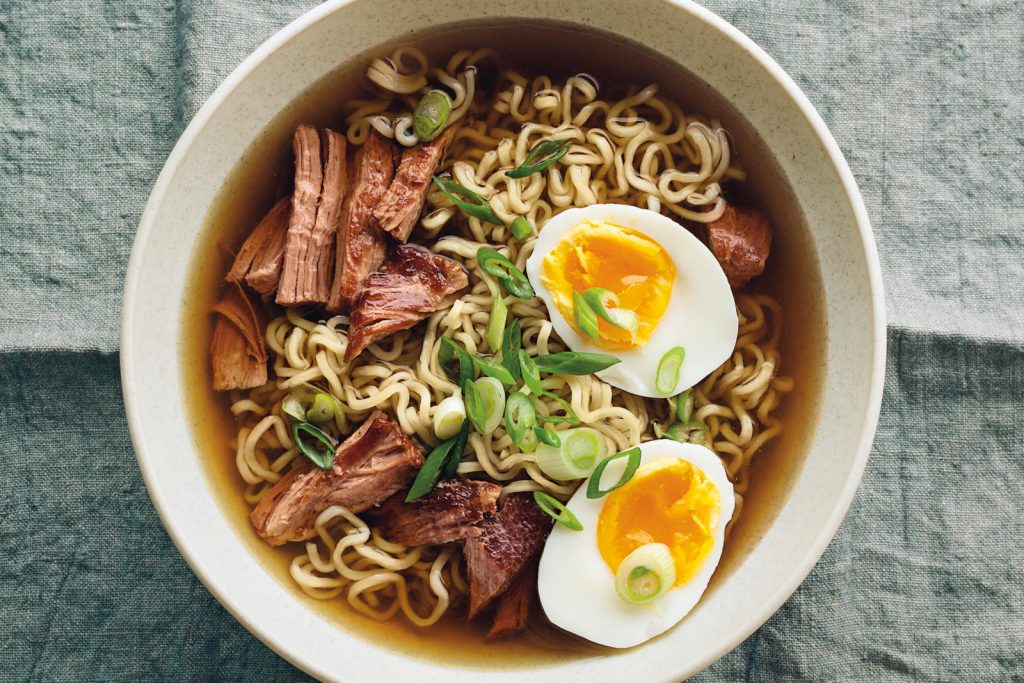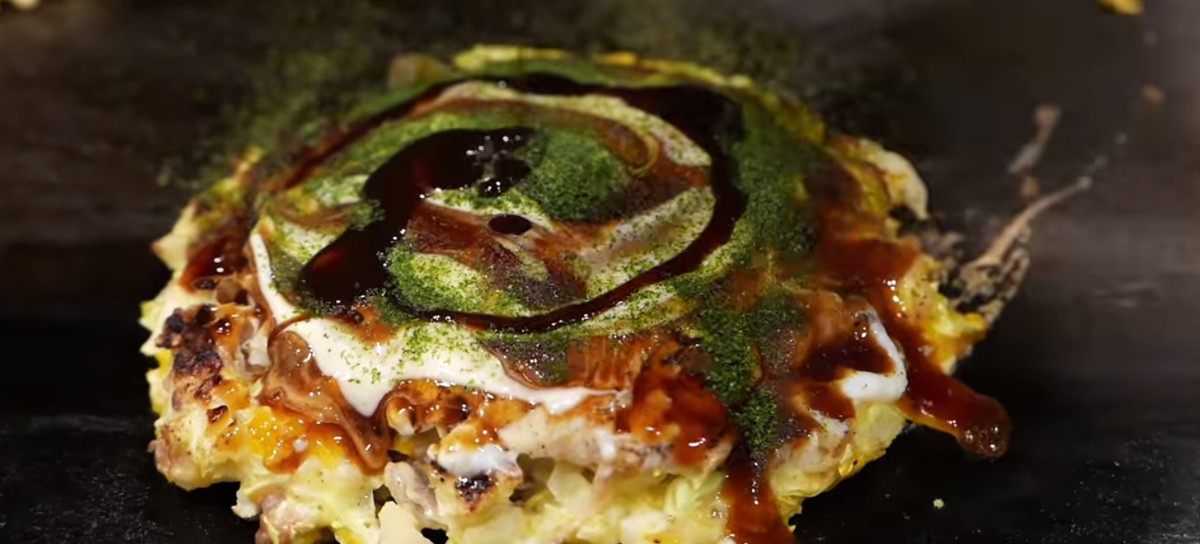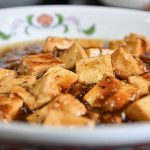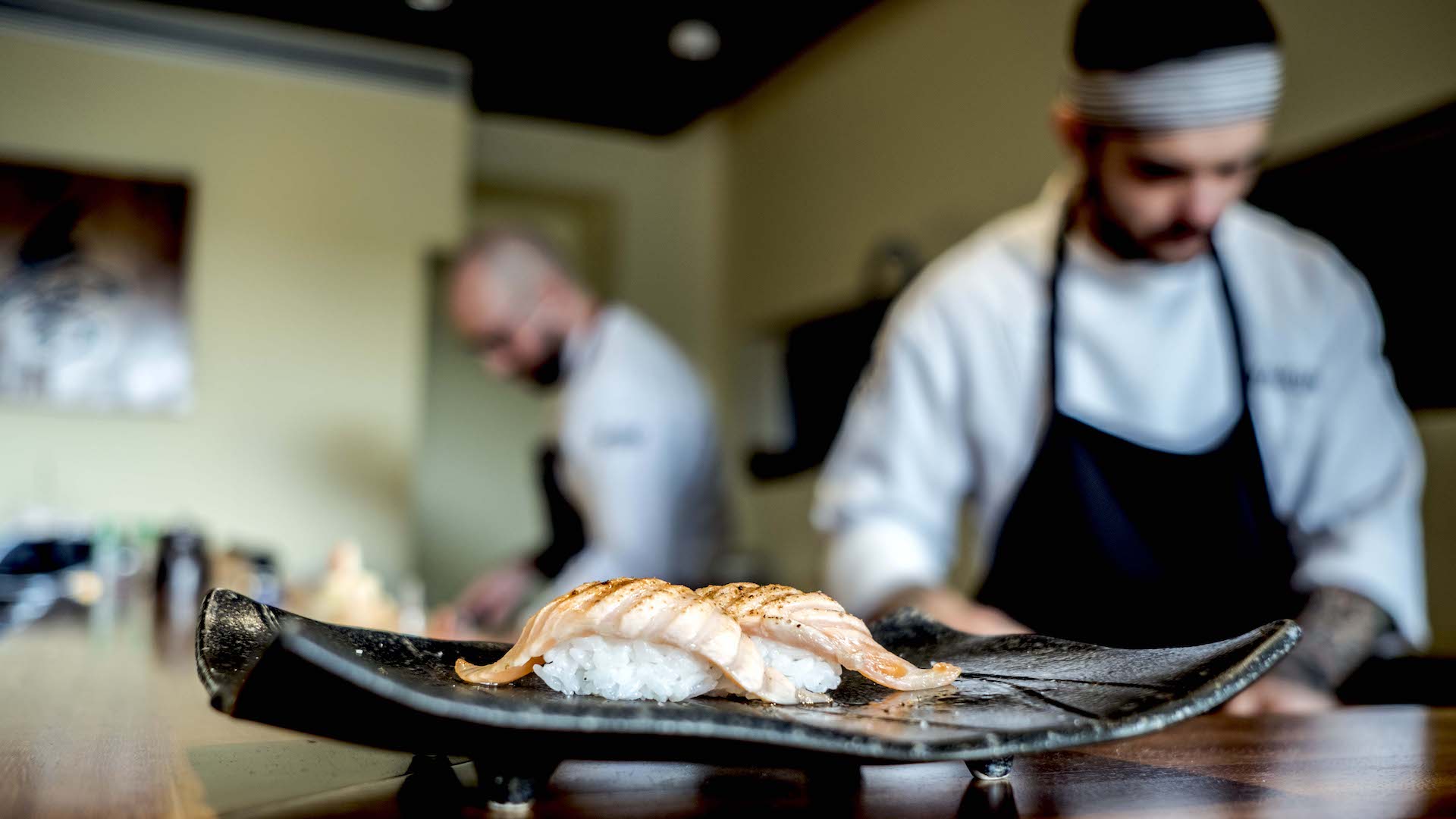Until not so long ago, Japanese cuisine was generally unknown and exotic to everyone. This has now changed to a great extent and the gastronomic habits of the Japanese country are becoming more and more familiar to us. In addition to culinary proposals such as sushi, sashimi, maki, nigiri, … ramen, a dish from Japan that is causing a sensation among diners, has recently been added to the list.
What is ramen?
Manga fans will remember that Naruto was very fond of gobbling down bowls of noodle soup with different ingredients at lightning speed. In other words, ramen, a delicious delicacy for which the comic character was particularly fond. Now ramen has found its way onto restaurant menus and there are plenty of places that specialise in this dish.
Origin
Although there is evidence that Chinese merchants had already brought ramen to Japan during the Edo period (1603-1868), ramen is officially considered to have arrived in Japan in the 19th century, when the Land of the Rising Sun opened its borders. From then on, Chinese and foreign culinary influences increased and ramen became increasingly popular. After Japan was defeated in World War II, ramen, then called chūka soba, continued to gain popularity as an appetising and affordable food.
Later, during the 1960s and 1970s, instant ramen became very popular among Japan’s wage-earning classes as they pulled the country through what became known as the ‘economic miracle’. Over the following decades, the dish became so popular that ramen shops and ramen museums were opened. Then ramen spread beyond Japan’s borders to the United States, and from there, to the rest of the West.
Where to buy it?
You can buy ramen (or some of its ingredients) in our shops in Madrid and Barcelona, or, if you prefer, in our online shop.
[imacPrestashop_productos productos=”169,4348,4347,5010,2983,4349,5382,5381,4267″ idioma=”1″]
Ingredients
The main defining feature of ramen, and what distinguishes it from Chinese soup, is its broth. Let’s say it is the essence of the dish and what marks its quality. Of course, each Japanese cook adds his or her own distinctive touch, and its preparation requires the necessary time, without rushing. In this way, the broth is truly delicious and comforting.
Generally speaking, ramen is a bowl of wheat noodle soup made with an aromatic broth, which is accompanied by different ingredients as toppings. It can be served hot or cold, with meat, fish or completely vegetarian, as well as spicier or sweeter. There are many varieties. The most common is to cook the broth on one side, then add the noodles, and finish it off with the other ingredients. Here are the common ingredients of ramen:
Tare
This is a key part of the soup; a kind of concentrated flavour sauce that is placed at the base of the bowl before the broth is added. It is usually made from soy sauce, sake, miso or mirin, among other ingredients.
Broth
As mentioned above, this is the heart and soul of ramen, and no time or quality of ingredients should be spared in its preparation. It can be classified according to its consistency or lightness:
- Tomkotsu: made with pork bones. It requires slow cooking and produces a broth with a gelatinous texture, thick and whitish in colour.
- Miso ramen: Miso or fermented soybean or miso paste is added to chicken or vegetable broth, which is very digestible.
- Shio: with salt and chicken bones as the main ingredients, this broth is lighter and almost transparent.
- Shoyu: there are different varieties, but it is always made from soy sauce, often accompanied by vegetables and poultry bones. It is dark, but quite light and aromatic.
Noodles
While they are all made from wheat flour, there are many types of noodles used to prepare ramen. A good chef will choose the type of noodle carefully to integrate it as well as possible with the broth and other ingredients. There are noodles of different thicknesses, lengths, more or less curved…. They usually contain egg and are prepared with kansui, carbonated water that gives them their elasticity and yellowish colour.
Gu or added ingredients
There are no exact rules when it comes to adding the ingredients (called Gu) that accompany the noodles in ramen. You can find fish ramen, meat ramen or completely vegan ramen, although it is common to combine it with a bit of everything.
Some common ingredients are minced meat, pork (roasted and sliced chashu), bacon, crab, prawns, mushrooms, bamboo, seaweed, molluscs, spring onions, boiled egg, etc. In addition, the popular kamaboko, a sliced fish cake, is sometimes added.
Seasonings, spices and flavourings
Other seasonings such as curry, soy sauce, garlic paste, butter, togarashi spices, sesame seeds, pepper, dried bonito, flavoured oils, etc. are often used to season ramen.
As we can see, there are many varieties of ramen and, given its popularity, new recipes are appearing all the time. As there is no single recipe, each chef has the freedom to play around, innovate and combine fresh seasonal ingredients and products.





